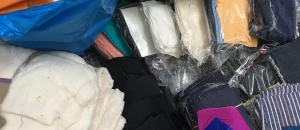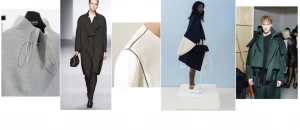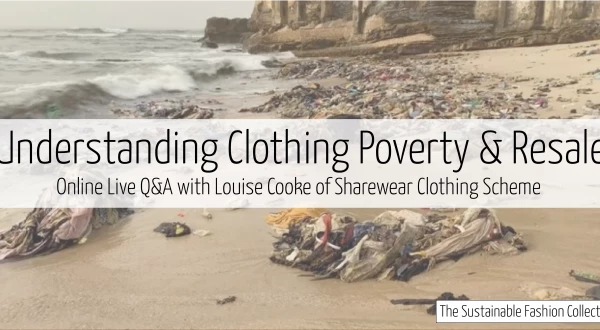Over the past 50 years, sewing and mending skills have dropped off the curriculum in schools. Thanks to the widespread availability of ready-to-wear clothing, consumers are more likely to discard and repurchase than find a way to bring their treasured garment back to life. Clothing today is consumed at an astonishing rate, leaving an as yet unimaginable footprint behind on the environment. In the UK alone we send over 300,000 tons of clothing to landfill each year. (Source: WRAP)
How can fashion designers and brands increase awareness around these issues? How can they equip their customers with the confidence and skills to mend their clothing, to care for garments with longevity in mind, or to recycle responsibly, rather than simply discarding and buying new? In this Masterclass, we explore the various routes open to the fashion industry today to extend the life of clothing and textiles, reducing the impact of excessive production and consumption on the environment.
In this Masterclass you will learn:
- About clothing lifecycles in the industry today and why extending them will reduce our impact on the planet
- Ways to embed longevity in your design, through material choices and production techniques
- What the Design For X Methodologies are, and how they relate to the circular economy through a 'cradle to cradle' approach
- How to incorporate repair and mending into your business model
- About the increasing trend towards repair workshops and visible mending amongst fashion-forward consumers
- How to care for garments to increase their lifespan and reduce microfibre shedding
- Why takeback schemes are important in making the first step towards circularity
- What clothing poverty is, and how the choices we make can have a knock on effect at home and in other countries
-
How to design and make clothing that lasts forever: panel discussion with The Seam, Selkie Patterns and Socko
with Stephanie SteeleRead More...Summary
Consumer attitudes towards clothing today means that garments are frequently discarded and rarely repaired. So what can designers and fashion brands do to change this? Encouraging people to love their clothing and to better understand how to care for them is currently the mission of an ever-growing community of sustainable fashion industry members.
In this panel discussion with Layla Sargent of The Seam, Emma Mathews of Socko and Alexandra Bruce of Selkie Patterns, we learn why extending the life of clothing and textiles is so important when it comes to sustainability, as well as their favourite methods for bringing consumers onboard with repair schemes and more considered wardrobe choices.
-
Alternative repair methods: Visible mending and the beauty of the broken
with Tom Van DeijnanRead More...Summary
In the past few years, 'visible mending' has taken off as a craft in its own right, with workshops teaching the technique popping up everywhere, from our favourite retail stores to museums and galleries. Tom van Deijnen, who is better known as Tom of Holland, has been repairing clothes all his life and understands this beautiful, but also highly practical craft better than most.
In this Q&A with the textile artist and visible mending expert, we hear Tom's take on how repairing in this way can encourage greater connections with our clothing and discourage throwaway culture in an era of Fast Fashion.
-
Extending the afterlife of clothes with takeback schemes
with Jack OstrowskiRead More...Summary
Takeback schemes aim to reduce fashion waste by both providing an alternative to landfill for unwanted clothes and changing consumer mindsets towards recycling.
Jack Ostrowski, CEO and founder of the world's first digital takeback scheme reGAIN, knows a thing or two about the current state of fashion waste. With 15 years of experience in the industry, working with some of the biggest retail giants, we were thrilled to have the opportunity to get Jack's take on circular systems, re-educating consumers of fast fashion and how he approaches sustainability in fashion with an entrepreneurial mindset.
-
Microfibres and Extending the Life of Textiles with Cora Ball
with Rachael Z. MillerRead More...Summary
Recent studies have shown the frightening impact of washing clothes on the environment, through the shedding of tiny plastic particles, or microfibres, into our water streams. The plastic fibres that make up synthetic garments come loose when subjected to a range of conditions in the washing process, from heat, to water, to the momentum of the spin cycle.
Addressing this problem with a practical solution is Rachael Z. Miller, who is the co-inventor of the world's first microfibre catching ball: the Cora Ball. We were so excited to get the inside scoop on how to get the best use out of the Cora Ball as well as hear Rachael's take on how designers and consumers can work together to extend the lifespan of clothes.
Interviews
I'mdividual: Breaking into the sustainable fashion market [Member Highlight]
Monday Jul 1st, 2019
Selkie Patterns: Reinstating Our Connection with Clothing
Sunday Mar 1st, 2020
The Seam: Connecting People with Seamstresses and Tailors
Sunday Mar 1st, 2020
Socko: Beautiful darning with purpose
Sunday Mar 1st, 2020
The importance of garment conservation with Soteria
Friday Dec 1st, 2023Technical Tutorials
Past Events
Follow on Masterclasses:
The Design Process: From Design To Product
Additional Reading
How to create positive impact with natural materials
Monday Apr 12th, 2021
What's In Your Mending Pile This Winter?
Tuesday Oct 27th, 2020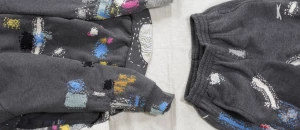
In Conversation With Valentina Karellas: Waste Yarns Into Made To Order London Knitwear
Wednesday Sep 16th, 2020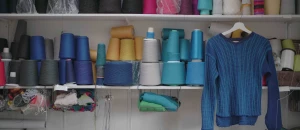
Say Yes to Second Hand September with Oxfam
Monday Sep 7th, 2020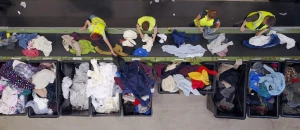
In Conversation With Bundle 'n Joy: Possibly the First Ever Maternity Clothes Rental Scheme
Tuesday Aug 4th, 2020
What is Regenerative Agriculture?
Thursday Jul 2nd, 2020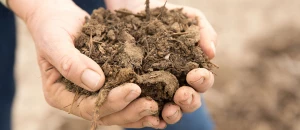
What can you make with our Recycled Polyester Satin fabrics?
Wednesday Jul 1st, 2020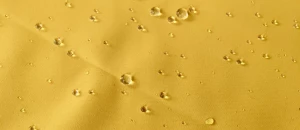
How To Extend The Life Of Your Materials
Friday Jun 12th, 2020
Material innovations in the sustainable cellulosic fibre realm
Thursday May 7th, 2020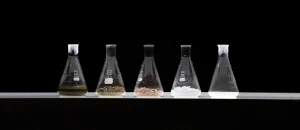
#LockdownStash Sewing Upcycling Challenge May 2020
Friday May 1st, 2020